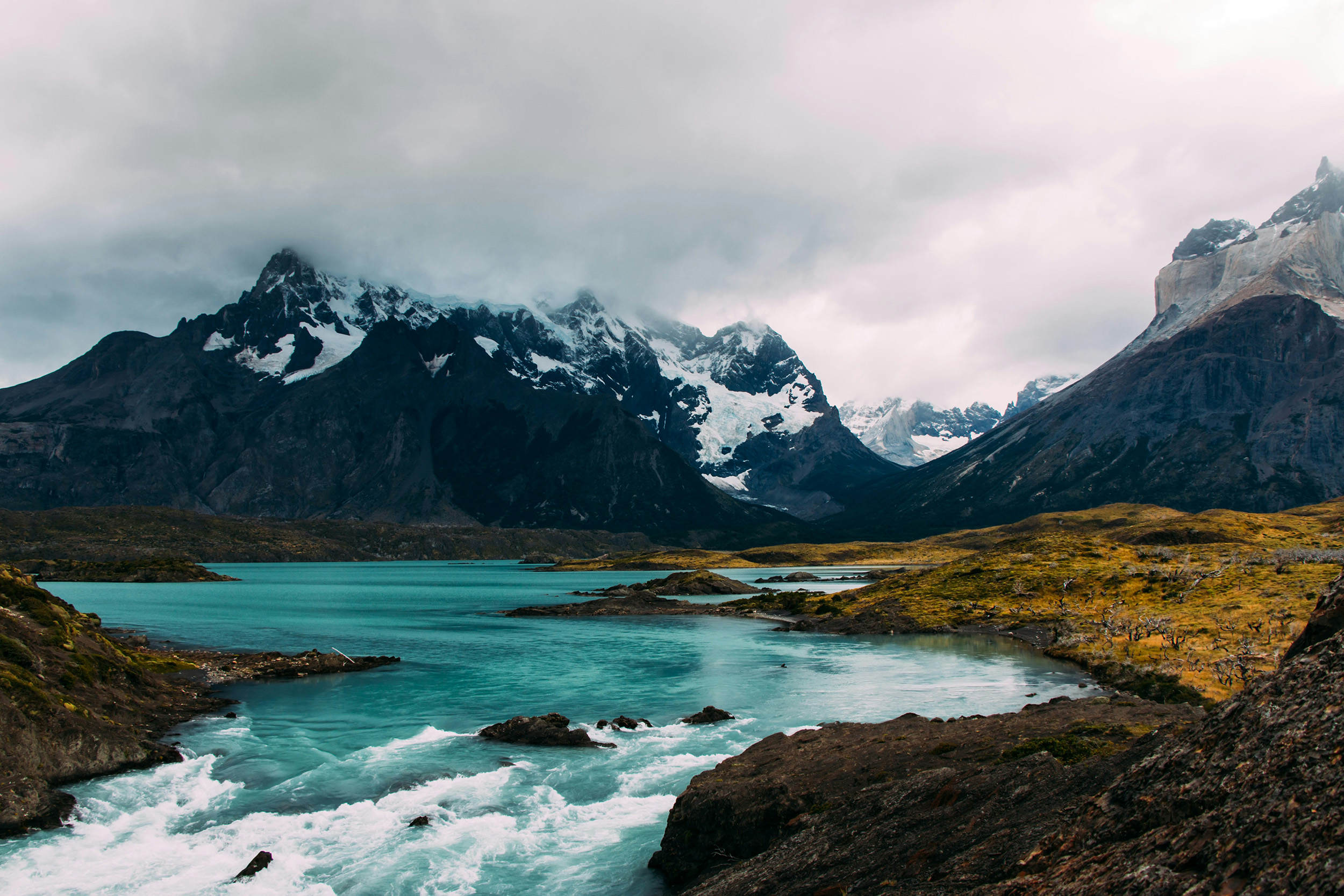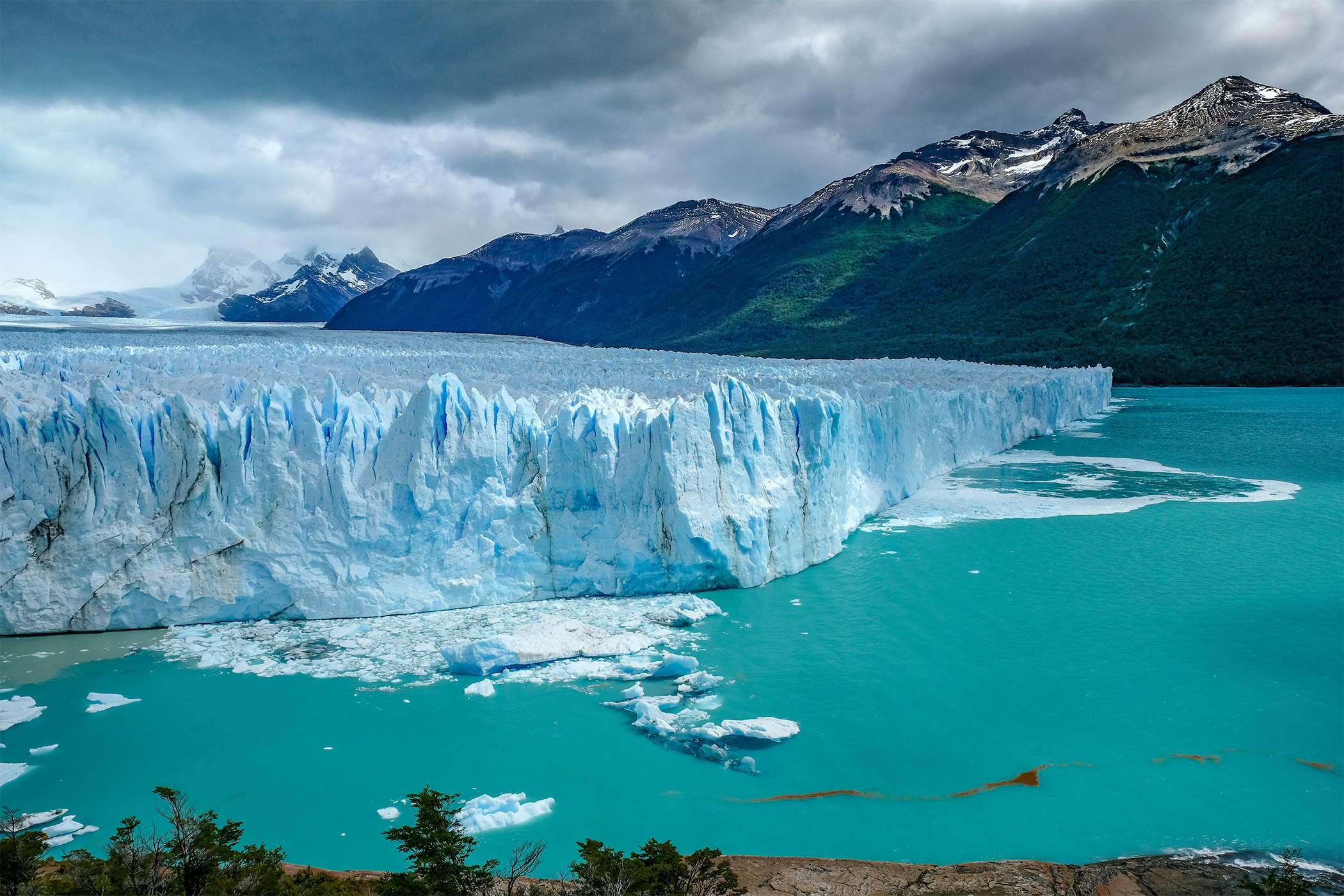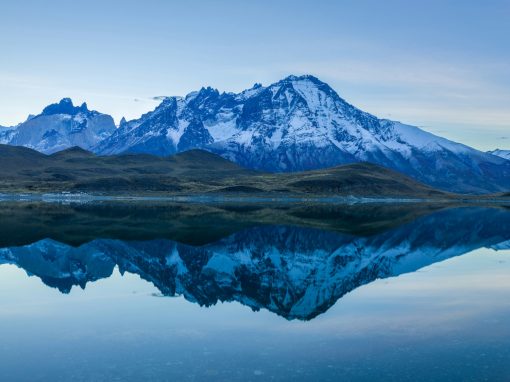No matter what initially drew you to Patagonia, you’re excited about your upcoming adventure but still uncertain about what to pack. To get an idea of the different seasons and what essentials you’ll need, check out our tips for first-time travelers to Patagonia and ensure you’re fully prepared for your journey.
Our Curated Packing List
The adventure of a lifetime awaits, but it’s important to keep in mind that the weather in Patagonia is very unpredictable, so it’s best to go prepared.
The seasons and climate in South America are opposite to those in the northern hemisphere. When it’s winter in North America, it’s summer in South America, and vice versa. Most travelers visit Patagonia during the summer months from November through January, when daily temperatures typically hover around 70 degrees Fahrenheit.
Temperatures vary widely across different altitudes and can drop significantly at night, and the possibility of rain, snow, and strong winds is always present, even during the summer. It’s advisable to dress in layers and pack accordingly. Bring a mix of long-sleeve shirts and a heavier, water-resistant jacket to layer over short-sleeve t-shirts. This allows you to adjust your clothing as needed for comfort. Additionally, consider bringing a scarf, ear muffs, and gloves for extra warmth.
You’ll definitely want to take pictures of the picturesque landscapes while you’re traveling through Patagonia, so remember to pack your camera along with chargers, batteries, and extra memory cards so you can share your experiences with loved ones back home!
Embarking on a journey to Patagonia requires thoughtful preparation due to the region’s diverse climate and rugged terrain, and specific packing details will depend on what activities you have planned during your trip and what time of the year you come to Patagonia. Beyond socks and underwear, here’s a list to get you started:
Clothing
- Base Layers
- Thermal Underwear: Essential for warmth during colder months and high-altitude treks.
- Moisture-Wicking Tops and Bottoms: Keep sweat away from your skin to stay dry and comfortable.
- Mid Layers
- Fleece Jacket or Sweater: Provides insulation and retains body heat.
- Insulated Vest: Adds an extra layer of warmth without restricting movement.
- Outer Layers
- Waterproof and Windproof Jacket: Essential for protection against rain and wind.
- Softshell Jacket: Useful for layering and protection against light rain and wind.
- Bottoms
- Hiking Pants: Lightweight, quick-drying, and comfortable for long treks.
- Waterproof Pants: Necessary for wet weather conditions.
- Thermal Leggings: Additional layer for colder days.
- Shorts (during the summer months)
- Headwear
- Sun Hat: Protection from the intense Patagonian sun.
- Warm Hat/Beanie: Essential for cold weather.
- Buff, Scarf, or Neck Gaiter: Versatile for wind protection and warmth.
- Footwear
- Hiking Boots: Sturdy, waterproof, and broken-in for trekking.
- Wool Socks: Keeps feet warm and dry; bring multiple pairs.
- Gaiters: Protect your boots and pants from mud, snow, and debris.
- Sandals (during the summer months): When you’re relaxing at your hotel.
- Handwear
- Gloves: During the cooler months or at higher altitudes, temperatures can drop significantly, even during the summer.
- Bathing Suit (during the summer months)
- Base Layers
Gear and Accessories
- Backpack
- Daypack (20-30 liters): For day hikes and short excursions.
- Travel Backpack (40-60 liters): For multi-day treks and carrying your gear.
- Camping Equipment (if trekking/camping)
- Sleeping Bag: Rated for the temperatures you’ll encounter.
- Sleeping Pad: For insulation and comfort.
- Tent: Lightweight and weather-resistant.
- Miscellaneous
- Trekking Poles: Provide stability on uneven terrain.
- Headlamp: For early morning or late evening hikes.
- Binoculars: Optional, but good for seeing nature up-close.
- Water Bottle/Hydration System: Stay hydrated on the go.
- Sun Protection: Sunglasses, a hat, sunscreen, and lip balm.
- Insect Repellent: Particularly useful in the warmer months.
- Backpack
Personal Items
- First Aid Kit: Include essentials like band-aids, antiseptic wipes, blister treatment, and any personal medications.
- Toiletries: Travel-size shampoo, soap, toothbrush, toothpaste, and other personal hygiene items.
- Snacks: High-energy snacks like nuts, dried fruit, and energy bars.
- Electronics: Camera, phone, chargers, power banks, and international outlet converter.
- Credit/debit cards
Important Documents
- Passport and Visa (if required)
- Travel Insurance: Ensure it covers outdoor activities and medical evacuation.
- Copies of Important Documents: Keep digital and physical copies of your passport, travel insurance, and itinerary or travel program.
Final Tips
- Layering is Key: As we’ve mentioned before, Patagonian weather can be unpredictable, so being able to add or remove layers is crucial.
- Pack Light but Smart: Focus on multifunctional items and essentials.

The mystical landscapes of Patagonia. Photo by Diego Jimenez on Unsplash.
By following this packing guide, you’ll be well-prepared to tackle the stunning landscapes and unpredictable weather of Patagonia. For help planning your own adventure, chat with one of our travel advisors to create a customized trip to Patagonia.
Do you need some more help on things like electronics? Read our tips and advice about charging, using, and taking care of your electronic devices while traveling through Patagonia in Argentina.
Britt is a California native who left her home to explore South America and now lives in Peru. She’s just a little obsessed about planning getaways with her family, scuba diving, and trekking.




